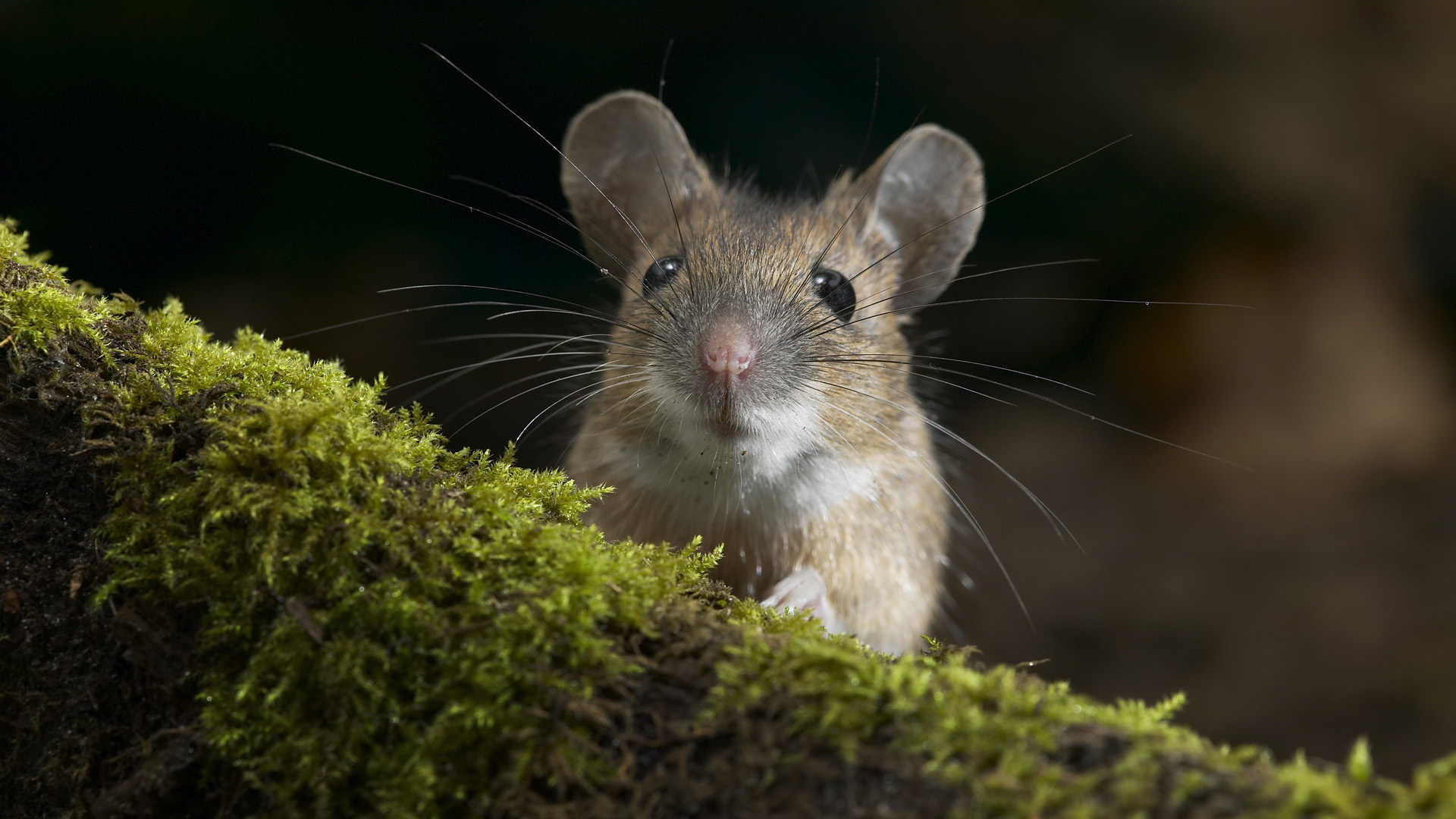Effective pest management requires problem solving. Once a pest infestation has been established, pest management professionals (PMPs) must inspect the building to identify what the pest is attracted to and how they are gaining access to the facility. The answers to these questions will drive the strategy the technician implements to solve the pest issue.
However, rodents can be sneaky, and it isn’t always easy to figure out how they are getting inside. PMPs are continually learning more about rodent behavior and developing strategies to identify points of entry and exclude populations.
These five lessons offer advice for aiding pest prevention efforts at your business.
1. Follow the Trail
Rodent droppings can be the key to solving infestations, as they are what often lead pest management technicians to entry points and nesting sites. Train your employees to notify you or the technician of any rodent dropping sightings. The droppings should be promptly cleaned up and continually monitored.
2. Keep Clutter to a Minimum
Inspecting walls and corners are crucial actions in handling rodent infestations. Technicians are unable to locate and exclude rodent activity if there aren’t clear lanes for inspection. Cluttered stockrooms with high stacks of old boxes and products can keep technicians from completing a thorough inspection. Clutter also makes it easy for pests to travel without being detected.
3. Don’t Disregard Unusual Points of Entry
Holes in the wall, open doors, and cracks and crevices are all common entry points for rodents. However, if you are experiencing rodent activity and none of these common points seem to be the issue, there may be something you noticing.
For example, if your restaurant has a drive-through, it likely has a sign with wires connecting back to the inside of your building. If there is a hole in the sign, it could be allowing rodents to use those wires as an entryway into your building.
If your building has recently undergone construction there could be new openings that have gone unnoticed. Be sure to always note any changes in your building, even if it may seem minor, and report those to your pest management professional to ensure they aren’t contributing to pest pressures.
4. The Exterior is Just as Important
Areas not usually impacted by harsh winters must still be on alert during colder months. Colder temperatures can often cause rodents to seek shelter indoors, increasing their presence inside of buildings. You’ll want to ensure that the exterior of your building is not allowing rodents in. Check the exterior regularly for cracks in walls or the foundation, openings around windows or doors, torn screens, or damaged vents. Talk to your technician about any of these areas of concern as they can allow rodents into your building.
5. Check Your Insulation
When it comes to drop ceilings, access is a crucial piece to your technician’s inspection as rats will often nest in these spaces, or use pipes concealed behind the tiles to travel. However, to conduct an effective inspection, there can’t be anything prohibiting access. For example, if insulation is sitting atop the ceiling tiles, the technician won’t be able to inspect or set traps. This complicates the ability to find nesting sites and treat any issues.
If you have questions about rodent prevention or would like to learn more about how Copesan can help you in your prevention efforts, please contact us!
Click here to learn more about rodents with our rodent-specific YouTube playlist!

